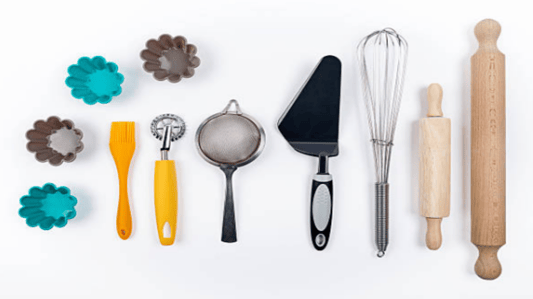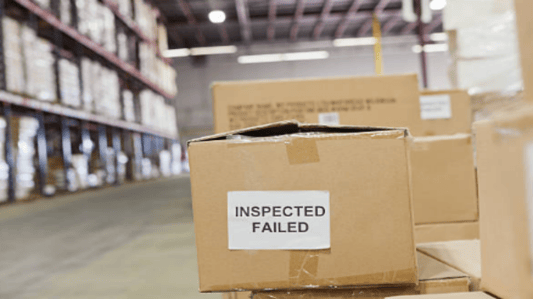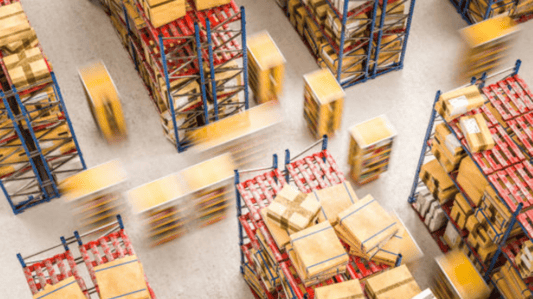AQL is a term that is used in different fields of study, but what does it mean? The meaning of AQL is Acceptable Quality Level, and it refers to the maximum number of defective units that could be considered acceptable during a quality control inspection.What is AQL?AQL is a quality control metric that is widely used in different industries to assess the quality of products and services. The concept of AQL is based on the statistical principle of the binomial distribution, which describes the distribution of the number of successes or failures in a series of independent trials.Why is AQL Important?AQL is important because it helps to ensure that products and services meet certain quality standards. By setting an acceptable quality level, companies can reduce the risk of producing and delivering substandard goods and services to their customers.How is AQL Calculated?AQL is calculated by dividing the number of defects that are considered acceptable by the total number of units inspected. For example, if a company inspects 1,000 units and allows 10 defects, the AQL would be 1%. This means that no more than 1% of the units produced should have defects.How is AQL Used in Manufacturing?In manufacturing, AQL is used to determine the level of inspection that should be conducted for a particular batch of products. The AQL level is based on the criticality of the product, the likelihood of defects, and the consequences of defects.How is AQL Used in Healthcare?In healthcare, AQL is used to determine the acceptable level of errors or mistakes in medical test results. AQL is also used to ensure that medical devices and equipment meet certain quality standards and are safe and effective to use.What are Some Common AQL Levels?The most common AQL levels used in different industries are 0.1%, 1.0%, and 10%. The level of AQL that is used will depend on the specific industry, product, and customer requirements.What is the Relationship Between AQL and Sampling?AQL and sampling are closely related because AQL is based on the results of a sample inspection. Sampling plans are used to determine the appropriate number of samples to be inspected, and the acceptance or rejection of a lot is based on the number of defects found during the sample inspection.What are the Benefits of Using AQL?The benefits of using AQL include improving product quality, reducing production costs, increasing customer satisfaction, and ensuring compliance with quality standards and regulations.What is the Future of AQL?The future of AQL is likely to involve the use of advanced technologies such as artificial intelligence and machine learning to improve the accuracy and efficiency of quality control inspections. AQL is also likely to remain an important tool for ensuring quality and safety in different industries.Quote Inquiry










